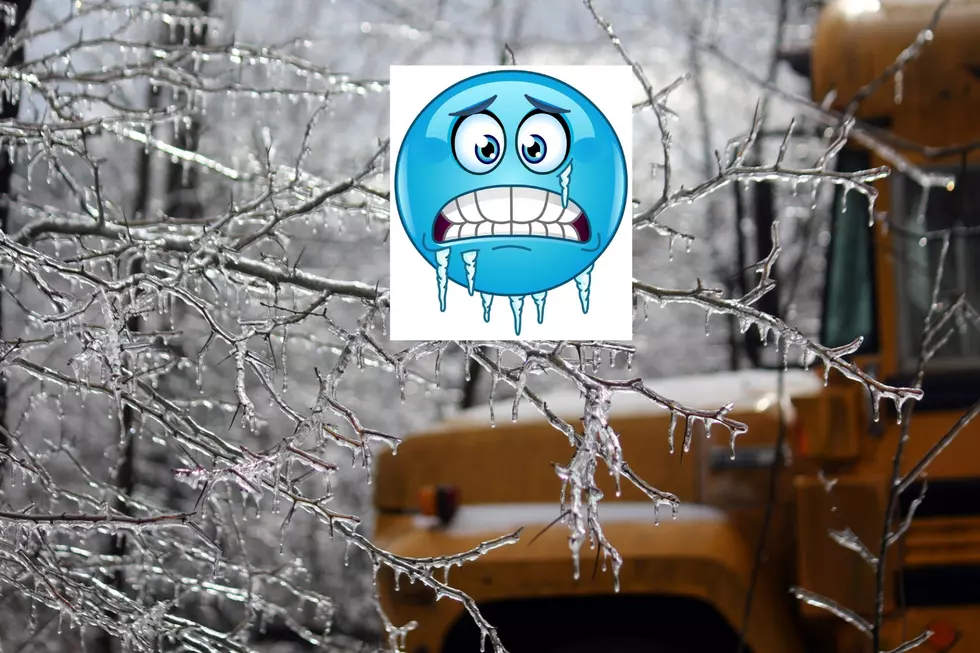
Severe Weather Season is Here and It Could Be Bad
Spring has arrived. And with it -- severe weather season for the Texarkana area.
Typically the busiest time of the year for severe storms and tornadoes in our area is between early April to mid May.
Severe weather happens every year for a variety of reasons including the Jet Stream, which are the powerful winds high up in the atmosphere that drive storm systems usually from west to east across the country. There is also the clash of cooler and warmer air that represents the spring season as we get ready to transition into summer. This, along with the clash between humid and dry air, all come together to fuel the ingredients for possible severe weather.
The next six weeks is usually the best time frame for these storms to occur in our area.
This year could be more intense than the previous few seasons because our very mild winter allowed for water temperatures in the Gulf of Mexico to be very toasty for this time of year. Those warm waters will allow for plenty of moisture to be brought up into these storms over the Southern Plains.
It is a good time to go over your emergency plans at home to prepare your family in case the worst happens. It's always a good idea, if you do not have a generator, to have battery operated radios and flashlights in case the electricity goes out. Also be stocked up on bottled water, canned foods -- and a hand-held can opener -- and other items that could help if things were to get really nasty and we were without electricity for some time.
Also, since we are about to hit the peak time for severe weather, it might be a good time to refresh what the various weather terms mean, because people often get confused.
- Tornado Watch: means that conditions are favorable in the atmosphere for the development of severe storms that could produce tornadoes.
- Tornado Warning: means that a tornado has been sighted or radar indicates rotation in a storm and that a tornado is likely present.
- Severe Thunderstorm Watch: means that conditions are favorable for the development of storms that could reach severe levels.
- Severe Thunderstorm Warning: means that storms that have reached severe levels are taking place in your area. This often includes winds of 50 mph or more, large hail of a quarter size or larger, frequent deadly lightning and heavy rains.
- Flash Flood Watch: means that conditions are favorable for the development of strong storms that are likely to dump a heavy amount of rain, so much that street and urban flooding is expected.
- Flash Flood Warning: means that heavy rains are ongoing and flooding is currently being reported in your area. Don't drive through flooded roadways and move to higher ground if creek and rivers flood.
Tornadoes are obviously extremely dangerous and warnings should be taken seriously. When a Tornado Warning is issued for your specific area, take shelter immediately. This shelter should be on the lower floor in an interior room or bathroom away from windows. Cover yourself if possible and wait for the tornado to pass. If you are caught outside, and cannot get to safety lie flat in the lowest area available away from objects that could become projectiles should the tornado come close.
Tornadoes, even the weakest, can cause damage to homes, vehicles, and other infrastructure. The biggest and most violent tornadoes can produce winds over 300 mph, destruct a path over a half mile wide, and stay on the ground for many miles.
Hopefully, the severe weather season will not be that bad in our area and we will not experience a tornado in the Ark-La-Tex. But it pays to be prepared and knowledgeable when it comes to these weather phenomenon.
More From Eagle 106.3









